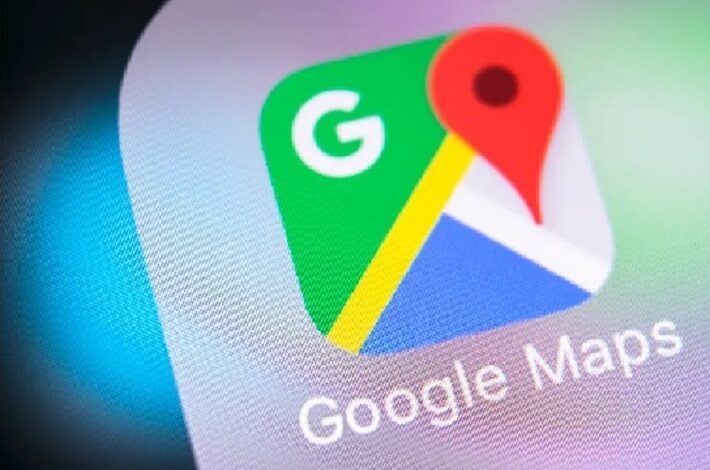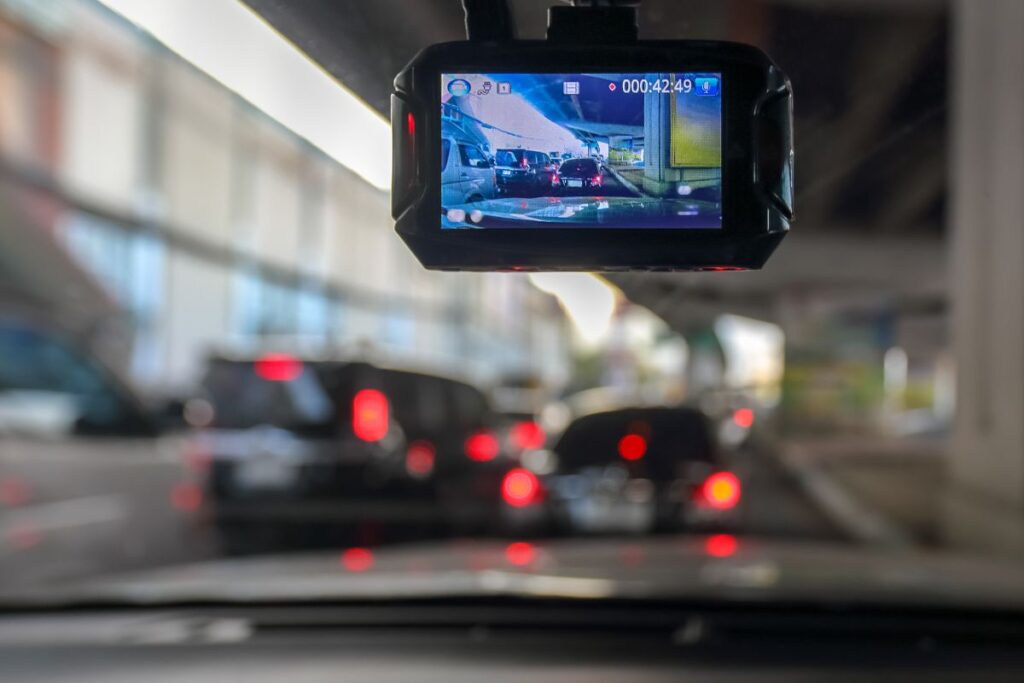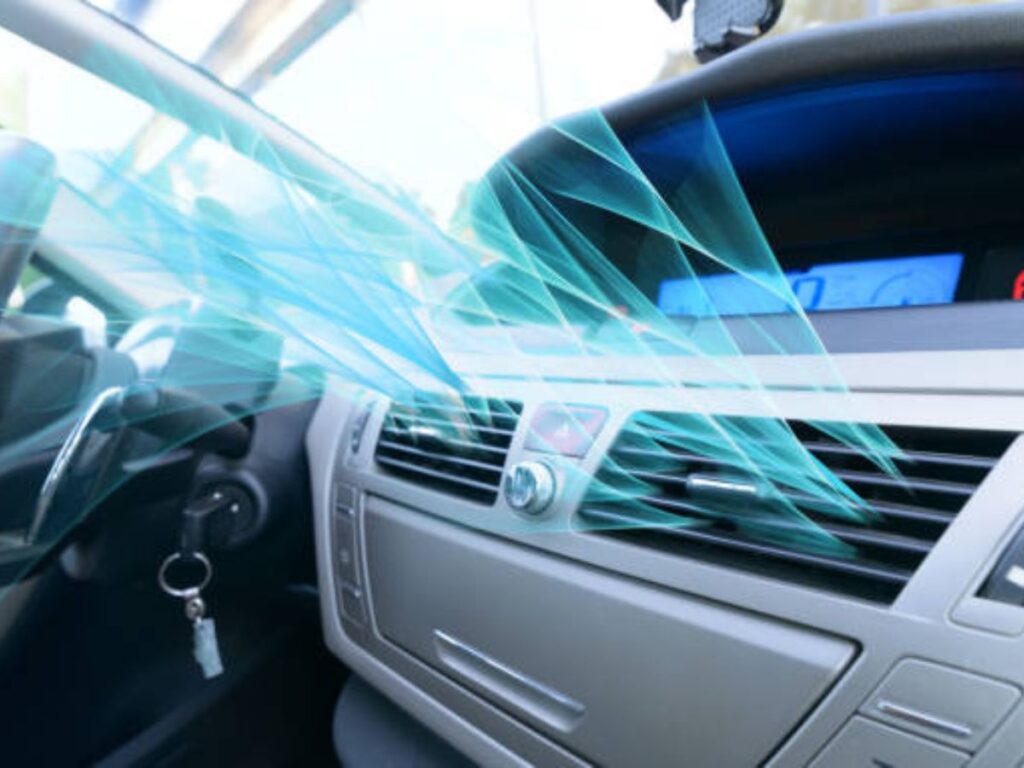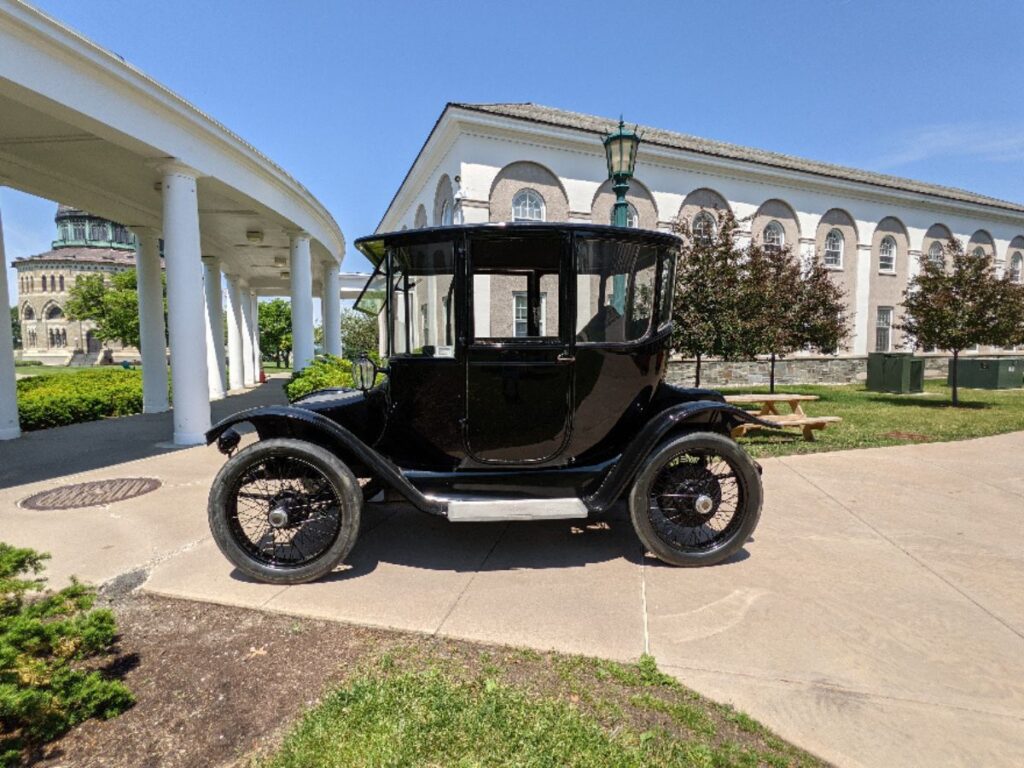Google’s live busyness information is a feature on Google Maps that provides real-time updates on the crowdedness of popular places such as restaurants, cafes, stores, and other public locations. The feature uses data from various sources, including user inputs, to give an idea of how busy a place is at a given time.
Recently, Google has expanded this feature to more locations, making it more accessible to a larger audience. This is a significant move by Google as it helps users make informed decisions about the places they visit, whether they want to avoid crowded areas or find the least busy time to visit.
In conclusion, Google’s expansion of live busyness information to more places is a beneficial step for users of Google Maps, providing real-time information on the busyness of popular places and helping them make informed decisions about the places they visit.
Google’s live busyness information Pros and Cons
Pros of Google’s Live Busyness Information:
- Helps users avoid crowded places: With live busyness information, users can easily see how crowded a place is at a given time and avoid visiting if they prefer not to be in busy locations.
- Improves planning: The feature allows users to plan their visits to popular places, such as restaurants and stores, during less busy times, reducing wait times and enhancing their overall experience.
- Provides real-time information: The information provided by this feature is updated in real-time, giving users an accurate picture of the current situation.
Cons of Google’s Live Busyness Information:
- Reliance on user input: The accuracy of live busyness information depends on the number of users providing information, so the information may not always be up-to-date or accurate.
- Privacy concerns: Sharing real-time information about one’s location and movements may raise privacy concerns for some users.
- Limited availability: The feature is currently only available in certain locations, so it may not be accessible to all users.
Use Google Maps to learn about high-traffic zones.
Check Google Maps to see if and when a neighbourhood or stretch of streets is experiencing higher-than-usual foot traffic. This data can be used to either avoid or seek out particularly congested regions.
When can I expect to visit a place where there are lots of people?
Google Maps alerts you when you launch the app that a region is about to be at its busiest. When you click on the “Busy area” label, you’ll get a graph that indicates how busy the area is at different times of day, as well as a list of nearby businesses and attractions like museums and theatres. In order to see how busy a specific place is, you may need to zoom in.
How we calculate area busyness
To get an idea of how busy a given location is, we average live data from various establishments, such as shops, restaurants, parks, and cafes. Based on these patterns, we may infer an area’s normal level of activity and designate it as a “Busy Area” on Google Maps whenever its level of activity approaches or exceeds a certain threshold. Our services do not generate activity data for private residences like homes or apartments to ensure the privacy of our consumers.
Google uses aggregated, anonymised data from users who have enabled Google Location History (which is turned off by default) to calculate peak times, wait times, and average length of stay. If the business receives enough visits from these users, then popular times, wait times, and visit duration will be displayed. You won’t be able to add this data on your own, and it will only show up if Google has enough customer visits to the establishment.
We employ differential privacy to make sure your busyness records can’t be used to track you down. There are instances when you won’t get any busyness information at all because our computers don’t have enough data to make an anonymous, reliable recommendation.
The criteria by which we identify a region
Areas of interest, which are commercial zones with a high concentration of activities and things to do, are already visible on Google Maps. The level of activity in a given region is determined by averaging the live activity trends of local businesses, public spaces, and other commercial establishments, such as restaurants, parks, and cafes. On Google Maps, we label places as “Busy Areas” when they are either very close to, or at, their maximum levels of activity.
Important:
A variety of safeguards, such as:
The bustle of a place never betrays a person’s precise position. To keep all information secret and secure, we employ a cutting-edge method called differential privacy.
We never reveal the full population of any given region. Instead, we draw attention to a location only when its current level of activity is unusually high relative to its activity over the past few months.
We show activity across a broad, arbitrary “area of interest.” These places can never reveal the precise location of a crowd.
However, we do not include houses and apartments in our calculations of bustle data.
Frequently Asked Questions (FAQs) about Google’s Live Busyness Information:
How does Google determine the busyness of a place?
Google uses data from various sources, including user inputs, to determine the busyness of a place. The information is updated in real-time to provide the most accurate picture of the current situation.
Is the information provided by live busyness information always accurate?
The accuracy of the information depends on the number of users providing information, so it may not always be up-to-date or accurate.
Is live busyness information available in all locations?
No, live busyness information is currently only available in certain locations, as Google continues to expand the feature to more places.
Is it mandatory for users to share their location data to use live busyness information?
No, sharing location data is optional, but it is required to use the live busyness information feature on Google Maps.
Does live busyness information raise privacy concerns?
Sharing real-time information about one’s location and movements may raise privacy concerns for some users, but Google has implemented various privacy measures to ensure user data is secure.



